Filter by
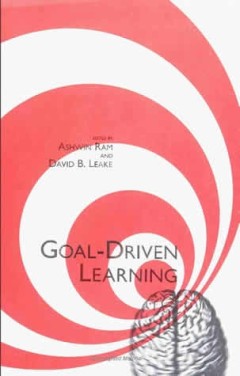
Goal-driven learning
"A Bradford book."In cognitive science, artificial intelligence, psychology, and education, a growing body of research supports the view that the learning process is strongly influenced by the learner's goals. The fundamental tenet of goal-driven learning is that learning is largely an active and strategic process in which the learner, human or machine, attempts to identify and satisfy its info…
- Edition
- -
- ISBN/ISSN
- 0585038538
- Collation
- 1 online resource (xxii, 507 pages) : illustrations
- Series Title
- -
- Call Number
- 001 GOA
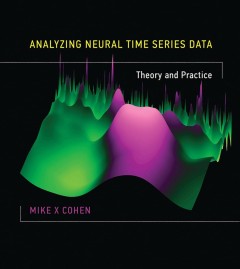
Analyzing Neural Time Series Data: Theory and Practice
"This book offers a comprehensive guide to the theory and practice of analyzing electrical brain signals. It explains the conceptual, mathematical, and implementational (via Matlab programming) aspects of time-, time-frequency- and synchronization-based analyses of magnetoencephalography (MEG), electroencephalography (EEG), and local field potential (LFP) recordings from humans and nonhuman ani…
- Edition
- -
- ISBN/ISSN
- 9780262319553
- Collation
- 1 online resource (xviii, 578 pages, 16 unnumbered pages of plates) :illustrations.
- Series Title
- -
- Call Number
- -

Electric Words: Dictionaries, Computers, and Meanings
"A Bradford book."The use of computers to understand words continues to be an area of burgeoning research. Electric Words is the first general survey of and introduction to the entire range of work in lexical linguistics and corpora -- the study of such on-line resources as dictionaries and other texts -- in the broader fields of natural-language processing and artificial intelligence. The auth…
- Edition
- -
- ISBN/ISSN
- 9780262286244
- Collation
- 1 online resource (viii, 289 pages) :illustrations.
- Series Title
- -
- Call Number
- -
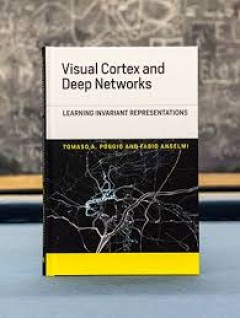
Visual Cortex and Deep Networks: Learning Invariant Representations
A mathematical framework that describes learning of invariant representations in the ventral stream, offering both theoretical development and applications.The ventral visual stream is believed to underlie object recognition in primates. Over the past fifty years, researchers have developed a series of quantitative models that are increasingly faithful to the biological architecture. Recently, …
- Edition
- -
- ISBN/ISSN
- 9780262336710
- Collation
- 1 online resource (xiv, 118 pages) :illustrations.
- Series Title
- -
- Call Number
- -
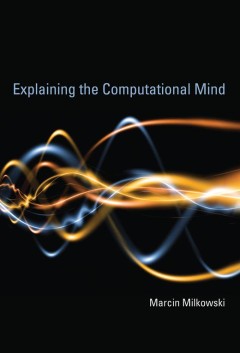
Explaining the computational mind
In this work, Marcin Milkowski argues that the mind can be explained computationally because it is itself computational - whether it engages in mental arithmetic, parses natural language, or processes the auditory signals that allow us to experience music.OCLC-licensed vendor bibliographic record.
- Edition
- -
- ISBN/ISSN
- 9780262313919
- Collation
- 1 online resource (x, 243 pages)
- Series Title
- -
- Call Number
- -
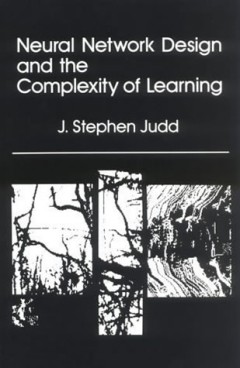
Neural network design and the complexity of learning
"A Bradford book.""Using the tools of complexity theory, Stephen Judd develops a formal description of associative learning in connectionist networks. He rigorously exposes the computational difficulties in training neural networks and explores how certain design principles will or will not make the problems easier. Judd looks beyond the scope of any one particular learning rule, at a level abo…
- Edition
- -
- ISBN/ISSN
- 0585359342
- Collation
- 1 online resource (150 pages) :illustrations.
- Series Title
- -
- Call Number
- -
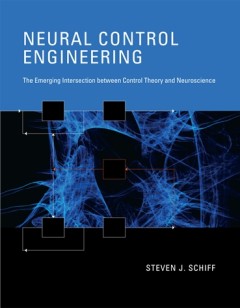
Neural control engineering: The emerging intersection between control theory …
How powerful new methods in nonlinear control engineering can be applied to neuroscience, from fundamental model formulation to advanced medical applications.Over the past sixty years, powerful methods of model-based control engineering have been responsible for such dramatic advances in engineering systems as autolanding aircraft, autonomous vehicles, and even weather forecasting. Over those s…
- Edition
- -
- ISBN/ISSN
- 9780262312080
- Collation
- 1 online resource (xvi, 361 pages) :illustrations (some color).
- Series Title
- -
- Call Number
- -
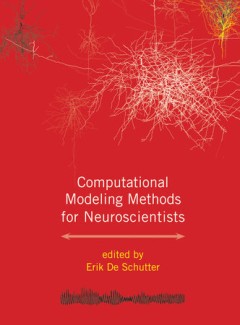
Computational modeling methods for neuroscientists
This is a guide to computational modelling methods in neuroscience covering a range of modelling scales from molecular reactions to large neural networks.
- Edition
- -
- ISBN/ISSN
- -
- Collation
- 1 online resource (xii, 419 pages) : illustrations.
- Series Title
- -
- Call Number
- -

Supertagging :using complex lexical descriptions in natural language processing
The last decade has seen computational implementations of large hand-crafted natural language grammars in formal frameworks such as Tree-Adjoining Grammar (TAG), Combinatory Categorical Grammar (CCG), Head-driven Phrase Structure Grammar (HPSG), and Lexical Functional Grammar (LFG). Grammars in these frameworks typically associate linguistically motivated rich descriptions (Supertags) with word…
- Edition
- -
- ISBN/ISSN
- 9780262312486
- Collation
- 1 online resource (xxiii, 488 pages :illustrations)
- Series Title
- -
- Call Number
- -
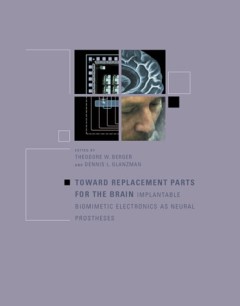
Toward Replacement Parts for the Brain: Implantable Biomimetic Electronics as…
A Bradford book.""This book has its origins in a meeting, entitled "Toward replacement parts for the brain: intracranial implantations of hardward models of neural circuitry" that took place in Washington, D.C. in August 1989"--Preface.The continuing development of implantable neural prostheses signals a new era in bioengineering and neuroscience research. This collection of essays outlines cur…
- Edition
- -
- ISBN/ISSN
- 9780262268226
- Collation
- 1 online resource (ix, 405 pages) :illustrations
- Series Title
- -
- Call Number
- -
 Computer Science, Information & General Works
Computer Science, Information & General Works  Philosophy & Psychology
Philosophy & Psychology  Religion
Religion  Social Sciences
Social Sciences  Language
Language  Pure Science
Pure Science  Applied Sciences
Applied Sciences  Art & Recreation
Art & Recreation  Literature
Literature  History & Geography
History & Geography